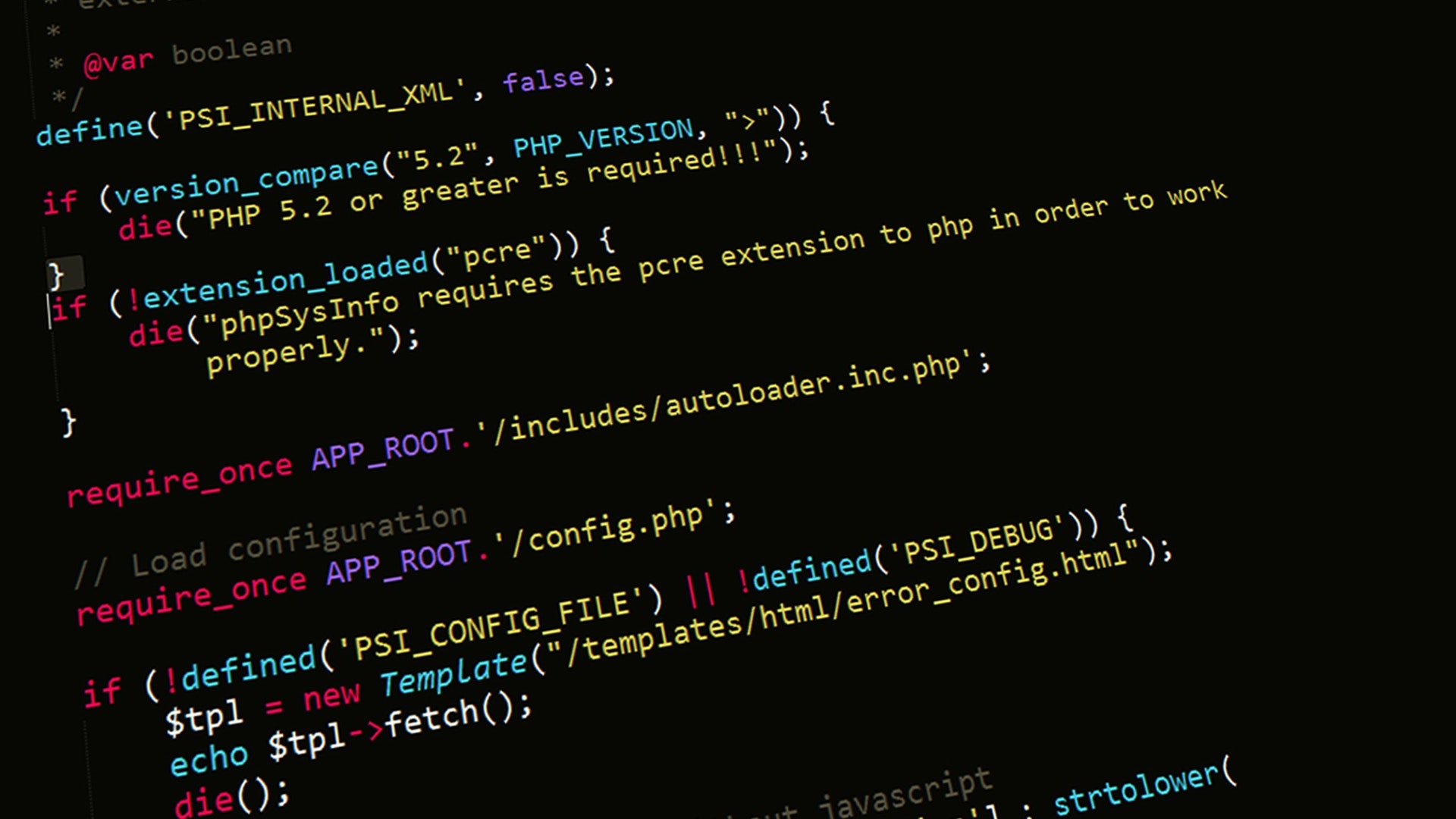How does website development work?
Making the designs into a functioning website, or web development, makes a website appear amazing, functions quickly, and provides a wonderful user experience. Website creation and upkeep fall under the category of web development. The functionality and layout of a website are developed by web developers using software tools and a range of coding languages. Their choice of language is influenced by the tasks they handle and the platforms they use.
The discipline of web development is typically divided into front-end (the user-facing side) and back-end, and web development skills are in demand everywhere (the server-side).
Web developers can be categorized into three categories according to their roles:
back-end web development
The back-end development, which takes place in the background and is where the data is kept, is essential because there would be no front end without it. The back-end of the web combines the server with a database and hosts the Website, an application for running it, and contains the data.
Thanks to the back-end development, the server, the application, and the database all function without error. For this kind of development, it’s important to assess the needs of the client firm and offer effective programming solutions.
Web front-end development
Front-end development involves layout, design, and interactivity using HTML, CSS, and JavaScript. Front-end development encompasses everything you see and interact with on a website, including the text, drop-down menus, and other visual elements.
In conclusion, the two fundamental goals of the front-end are responsiveness and performance. The Website’s developer must ensure that it is responsive, meaning that it displays correctly across all screen sizes, and no portion of the Website should act strangely.
development from scratch
To define how the client and server sides will interact, full-stack development, which addresses both the front-end and the back-end, calls for a working web on all levels.
Following is a list of some of a web developer’s primary responsibilities:
- To speed up the development process, front-end developers can employ javascript libraries, stylistic preprocessors, and frameworks.
- The process of creating the actual user interface that a user uses to interact with a website is made by front-end developers using the HTML, CSS, and JS languages.
- Front-end developers supply the markup design to back-end developers. So they can construct a dynamic website and then send all the necessary information to the server and databases.
- The history of prior builds can be preserved by web developers using versioning techniques.
- Front-end and back-end developers may utilize the same development environments or IDEs. These are program tools where you enter code and build the Website’s structure.
Describe website design.
Web designers are individuals who turn a narrative or an idea into an aesthetically pleasing design. They also use their layout to sculpt the user experience and feel of a whole website. The Website’s web design increases its appeal and eye-catching net. The creation and maintenance of a website require a lot of knowledge, effort, and talent in the area of web design.
Web design, UI design, authorized, coding, data design, and SEO are all aspects of website design that need to be mastered. To complete a website, these are typically people (or departments) working alone or in groups.
The Website depends on various elements, including the screen, the connection speed, and the browser being used, in addition to the online design and information content. Due to this, it is occasionally necessary to consider how users interact with a system (UX and UI). People must also rely on HTML and CSS (a “programming” language) when developing interfaces for computers to comprehend and show in browsers.
It requires much research and learning to create the web’s structure and present information to develop a product. The Website’s elements are adaptable and can be used for many reasons or to entice users to visit.
Design for the user experience
Design teams employ the user experience (UX) design process to create products that offer users rich and useful experiences. The user’s experience is examined from every angle, including how they are made to feel and how simple it is to achieve their objectives.
This covers all aspects of the product’s acquisition and integration, including its branding, design, usability, and function.
Designing user interfaces
User interface design is the creation of visuals, illustrations, photographic artwork, and typography to enhance the look and organization of a digital product from the perspectives of its numerous devices. Input controls, navigational elements, and informational elements make up interface elements. Input controls include buttons, drop-down menus, and data fields (text boxes, buttons, drop-down menus, data fields, etc.). Message boxes, progress bars, and notifications
graphical style
The visual designer aims to make the finished product appealing. They combine the skills of UI and UX designers. By resolving design issues, their mission is to enhance the user experience. They aid in developing a brand’s distinctive voice or style as well.
It requires much research and learning to create the web’s structure and present information to develop a product. The Website’s elements are adaptable and can be used for many reasons or to entice users to visit.

